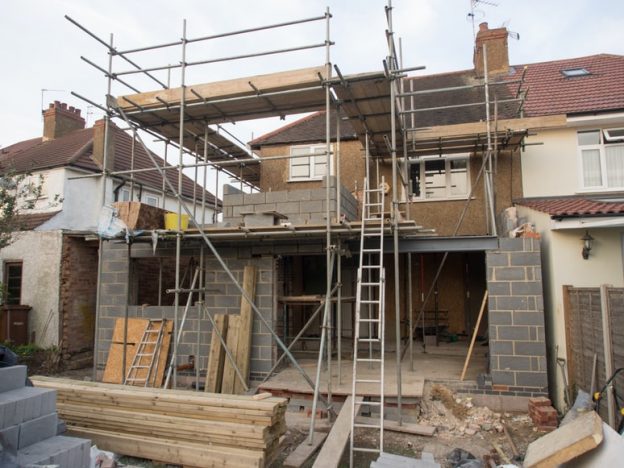Suppose you have hired contractors to build a new house for you; it is critical to see if your home will be radon-free. But how can you prevent radon in new construction from entering your home? Find out in this article.
Radon in New Construction: 5 Techniques to Prevent It
Not all home contractors install a radon mitigation system in houses. This is because not all areas where homes are built have high radon levels. Besides, radon mitigation depends on the owner, whether they want to install it or not. If you want a safer home for you and your loved ones, installing a radon mitigation system would be best.
Check out the following techniques that can be used to make your home radon-free.
Gravel
Ask your contractor to use a 4-inch layer of clean, coarse gravel that will be placed below the “slab” or foundation. This allows radon and other soil gasses to move freely underneath the house. The “airflow layer” or “gas permeable layer” since the loose gravel permits the gasses to circulate.
Junction Box
Another technique to consider is installing an electrical junction box (outlet) in the attic for use with a vent fan. It would be best to conduct long-term radon testing to see if a more robust system is needed.
Plastic Sheeting or Vapor Retarder
Radon contractors can use heavy-duty plastic sheeting (6 mil. polyethylene) or a vapor retarder on top of the gravel. As such, they can prevent the soil gasses from entering the house. In addition, the sheeting prevents the concrete from clogging the gravel layer when the slab is poured.
Sealing and Caulking
One of the popular techniques when preventing radon in new construction is sealing all the cracks, crevices, and other types of openings in the concrete foundation floor. It also includes the slab perimeter crack and walls with polyurethane caulk. If considered, you can prevent radon and other soil gasses from entering the home.
Vent Pipe
The last technique to consider is running a 3-inch or 4-inch solid PVC Schedule 40 pipe. Place it vertically from the gravel layer through your home’s conditioned space and roof. Doing this allows you to safely vent radon and other soil gasses outside above the house.
As the homeowner, you can ask your contractor what radon mitigation system is best for your house. If they don’t have a plan yet, you can recommend the above techniques and ask them to include them to prevent the cancer-causing gas from entering your home.



